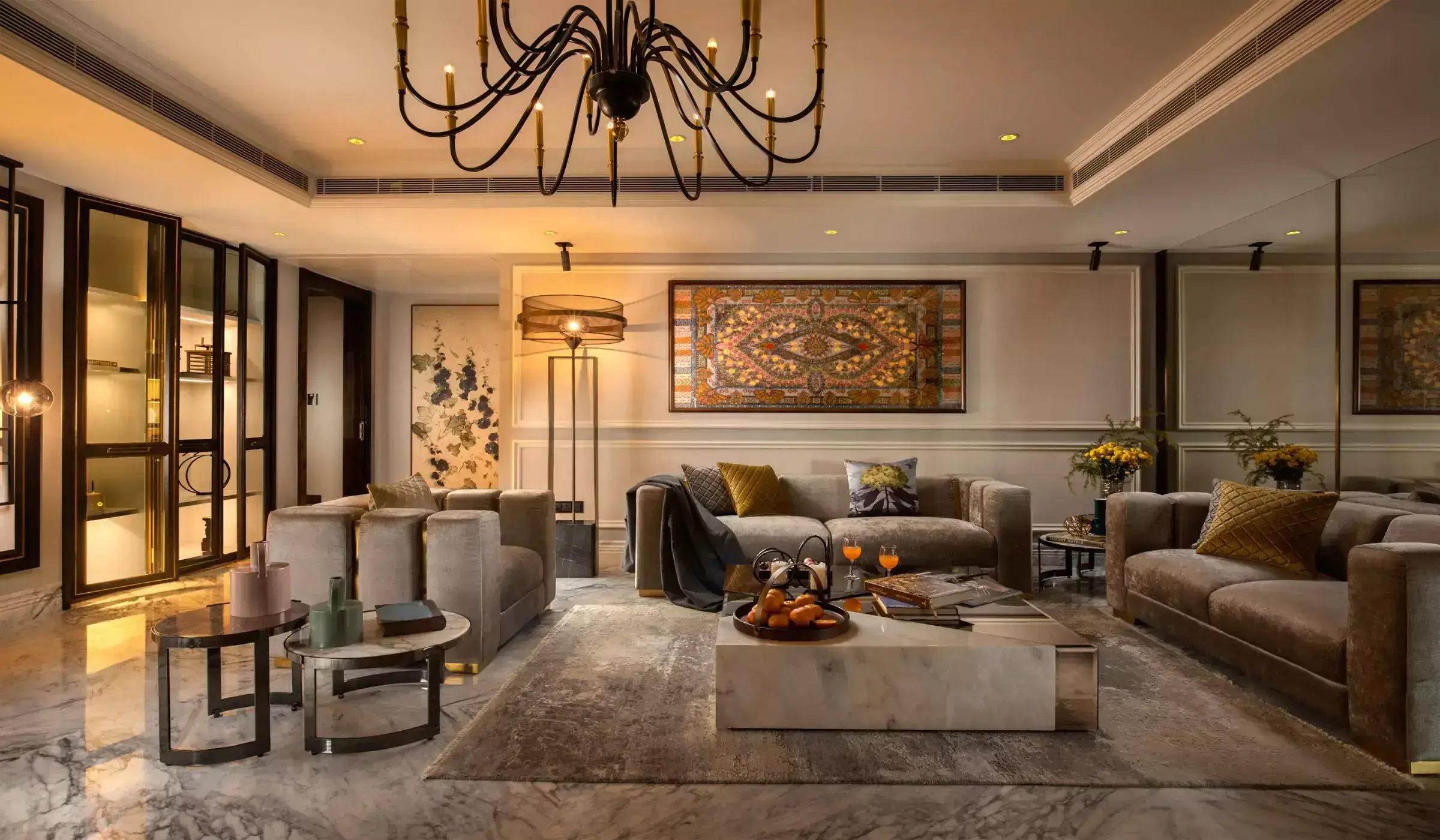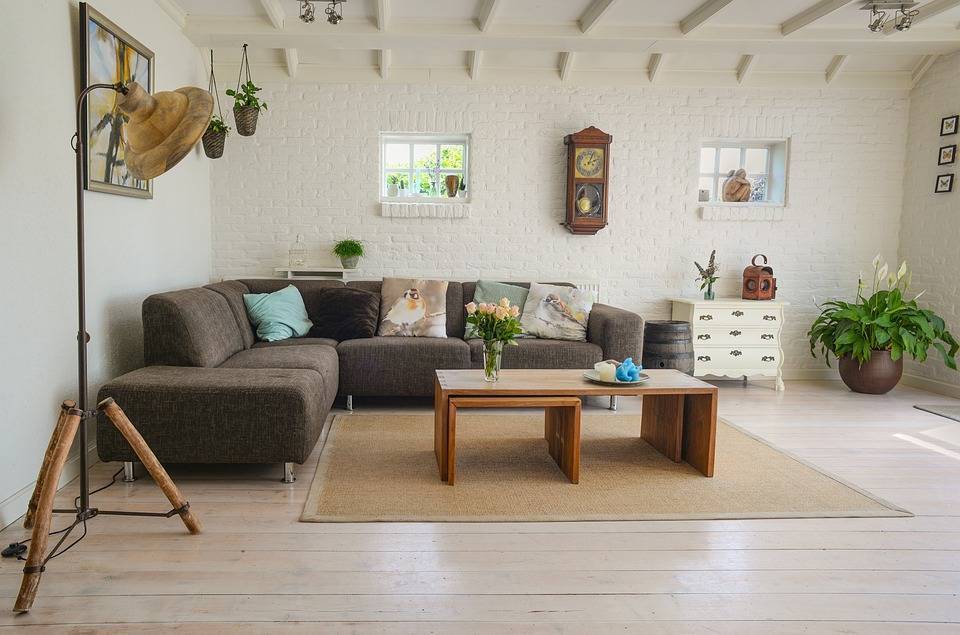Housing sales in Mumbai and Pune have nearly doubled since the COVID-19 pandemic, signaling a strong recovery in Maharashtra’s residential real estate market. According to a joint report by JLL and NAREDCO, sales increased from 46,528 units in 2016–2019 to 105,332 units between 2022 and the first half of 2025. The financial capital experienced around 28% capital appreciation during this period, with peak growth exceeding 10% in 2023, while Pune recorded gains of approximately 20%. The report, titled ‘Towards Housing for All in Maharashtra – The 2025 Policy Blueprint’, was released at the 4th edition of The Real Estate Forum 2025 in Mumbai.
The report highlights a significant shift in the housing mix over recent years. Premium housing launches, defined as properties priced ₹1 crore and above, increased from 43% to 59% of new launches in both cities. Conversely, mass housing (under ₹1 crore) fell from 57% to 40%, while affordable housing (under ₹50 lakh) dropped from 15% to 12%. This trend underscores a widening gap in housing affordability and indicates the need for targeted policy interventions.
In response, the Maharashtra government has announced a ₹70,000 crore plan to deliver 3.5 million affordable homes by 2030. The policy leverages peripheral clusters as cost-effective alternatives to expensive city-centre locations. Karan Singh Sodi, Senior Managing Director at JLL, explained that the ‘My House, My Right’ initiative addresses the supply-affordability gap through investment in EWS and LIG housing. The plan integrates AI-powered transparency via the State Housing Information Portal (SHIP) and connects with platforms like MahaRERA and PM Gati Shakti to ensure accountability and efficiency.
The Maharashtra State Housing Policy 2025 also seeks to create new markets and incentivize developers. Samantak Das, Chief Economist at JLL, noted that the policy provides 2.5 FSI for senior housing, 15% commercial FSI for student housing, and a uniform 1% GST across all segments. NAREDCO Maharashtra president Prashant Sharma emphasized that the policy prioritizes inclusivity, sustainability, and equitable access, setting a framework for long-term urban development.
The report identifies four affordable housing corridors in Mumbai that could facilitate residential expansion while supporting infrastructure and connectivity. These corridors include the Navi Mumbai Corridor (Panvel–Ulwe–Karanjade), Thane Development Zone (Ghodbunder Road–Bhayandar Pada), Vasai-Virar Growth Belt (Nalasopara–Naigaon), and Kalyan-Dombivli Hub. Pune, meanwhile, is following a four-directional growth model that integrates specialized economic zones to maintain affordability while supporting residential and employment growth. Key corridors in Pune include the Northern IT Integration Zone (Moshi–Chakan–Punawale), the North-Eastern employment corridor (Wagholi–Charholi Budruk–Wadgaon Shei), South-Western planned communities (Dhayari–Wadgaon Budruk), and South-Eastern infrastructure-ready markets (Handewadi–Autadwadi–Undri). These corridors aim to reduce commute times, connect residential clusters with employment hubs, and enable planned urban expansion.
Meanwhile, high-value transactions continue in premium markets. Actor Kartik Aaryan, along with his parents, purchased a commercial office space in Andheri West, Mumbai, for ₹13 crore. The property, located in Signature by Lotus, spans 176.98 sq. m. of carpet area with 194.67 sq. m. built-up area and includes three car parking spaces. Andheri West remains a strong commercial and residential market due to its connectivity, proximity to the airport, and closeness to business hubs such as BKC, SEEPZ, and Lower Parel.
The residential sector is also witnessing regulatory updates. The Supreme Court recently ruled that developers must pay the same interest on delayed possession that they charge buyers for late payments. The apex court directed developers to refund principal amounts with interest at the same rate charged to buyers, reinforcing equity and fairness in real estate transactions.
Maharashtra’s housing market demonstrates post-pandemic resilience, with rising sales, price appreciation, and ongoing policy support. However, declining affordable housing shares and persistent structural challenges indicate the continued need for strategic planning and targeted investment in lower-cost housing segments.









.png)